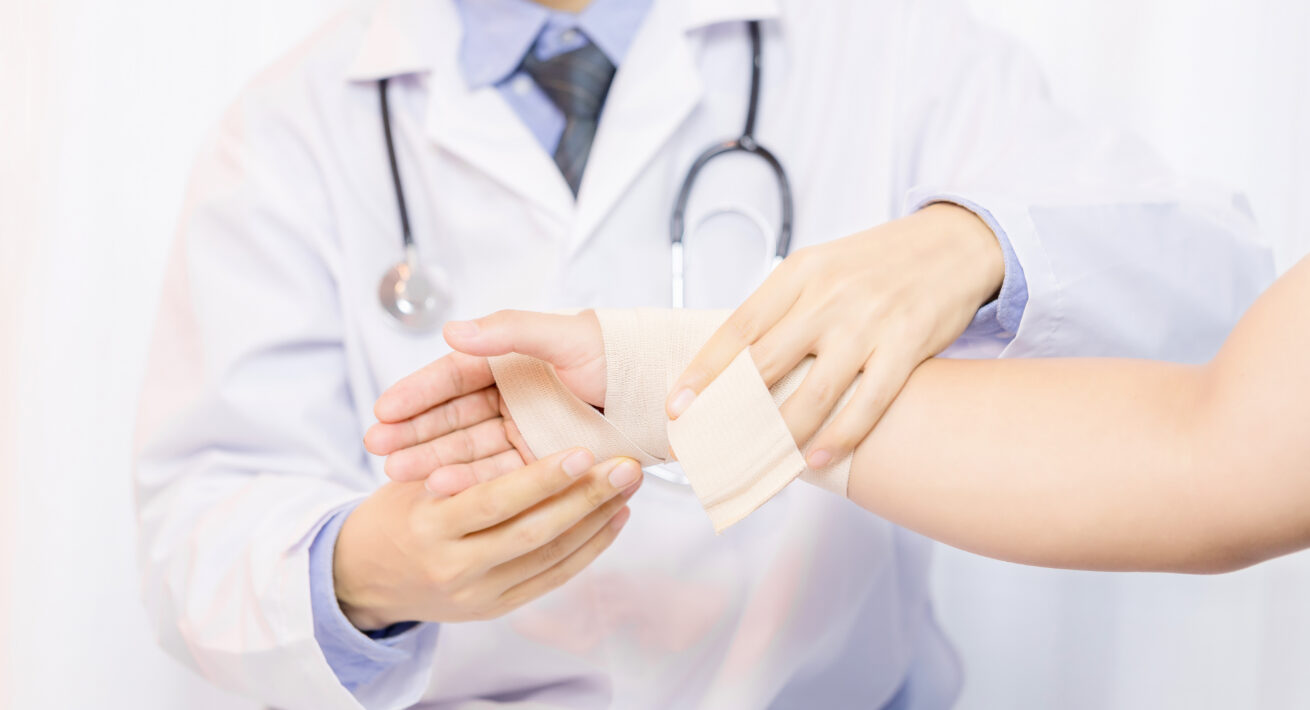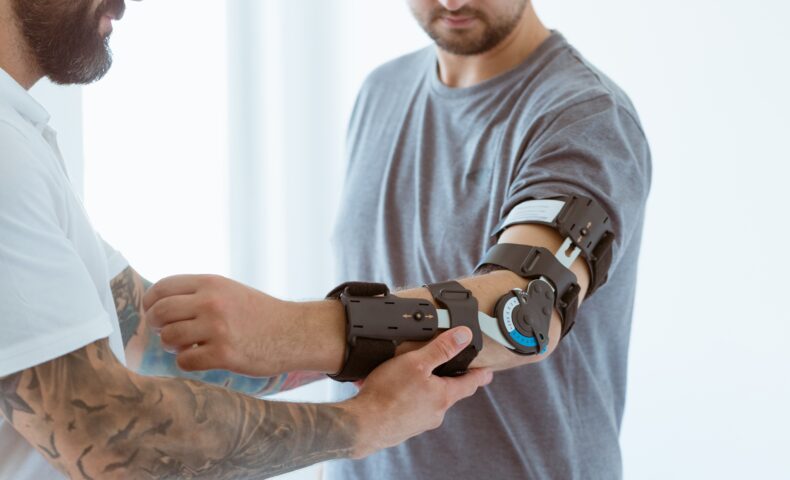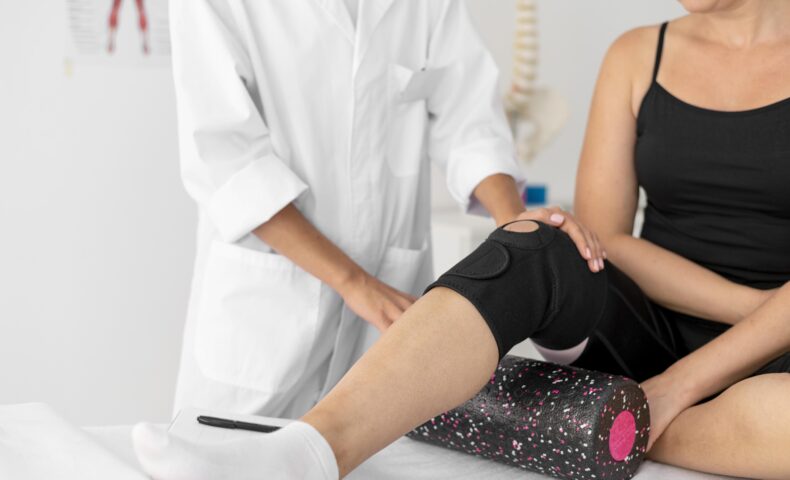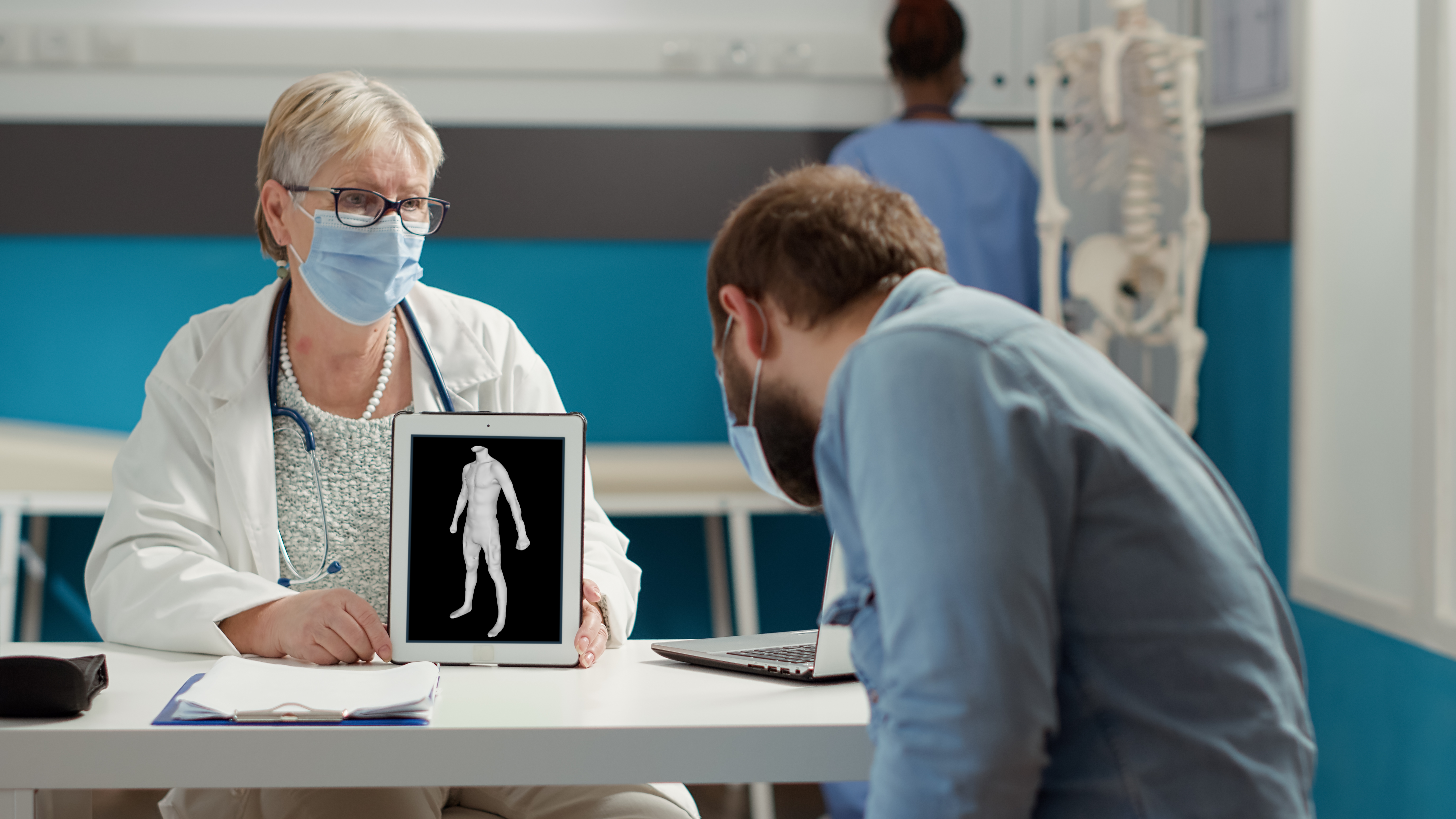Custom orthoses from a 3D scan are now available! AI (artificial intelligence) and 3D are now processes offering a real future for hand and wrist orthotics. Indeed, discover in this article how a 3D print of the hand can be used to make a custom-made hand orthosis adapted to the individual needs of each patient.
Digital measurement to make a hand and wrist orthosis
What is an orthosis?
An orthosis or splint is a medical device used to hold a joint or limb in position. It is worn to reduce pain, correct a deformity, protect, immobilize or improve the function of a joint or limb. Thus, a splint has a curative and/or preventive action.
There are different types of splints: thermoformed splint, dynamic splint, static splint, preformed modularsplint, custom molded splint…. Orthotics can be made of metal, plastic, carbon, fabric or a combination of these materials.
Orthoses are custom made or available in various standard sizes.
Why wear a hand orthosis or a wrist splint?
The hand and wrist orthosis is a device that maintains the hand and wrist in a stable position. By its physical action, it can immobilize the limb to relieve the pain of a pathology (tendonitis, osteoarthritis, carpal tunnel…) and support recovery after an injury (fracture, sprain…) or an operation. Whatever the device chosen, it is important that the orthosis remains correctly adjusted to the patient to ensure his comfort, guarantee his recovery and reduce his convalescence.
Why take wrist measurements?
The challenge for a healthcare professional is to have accurate and reproducible measurements. By continuing to use the tape measure tool to perform wrist measurements, he/she takes the risk of not obtaining a reliable result. The measurement is thus very variable depending on the practitioner. Indeed, “The uncertainty of the measurements taken by the different operators is ± 0.63 cm” for a tape measure. (source “Reproducibility and reliability of perimetric measurements of a healthy lower limb”).
Moreover, with the expansion of e-commerce, healthcare players have had to step up their efforts to ensure that patients receive the same treatment remotely as they do in person. The orthopedic market is no exception. Their main problem remains to be able to provide the patient with the most suitable brace for his or her morphology. The challenge lies mainly in taking measurements. If the measurements are wrong, the patient receives an orthosis that is too large or too small, which hinders healing and comfort.
In health, it is important to take accurate and precise measurements in order to:
- recommend a standard size ;
- or design a custom device.
What are the important measures when prescribing a custom hand orthosis?
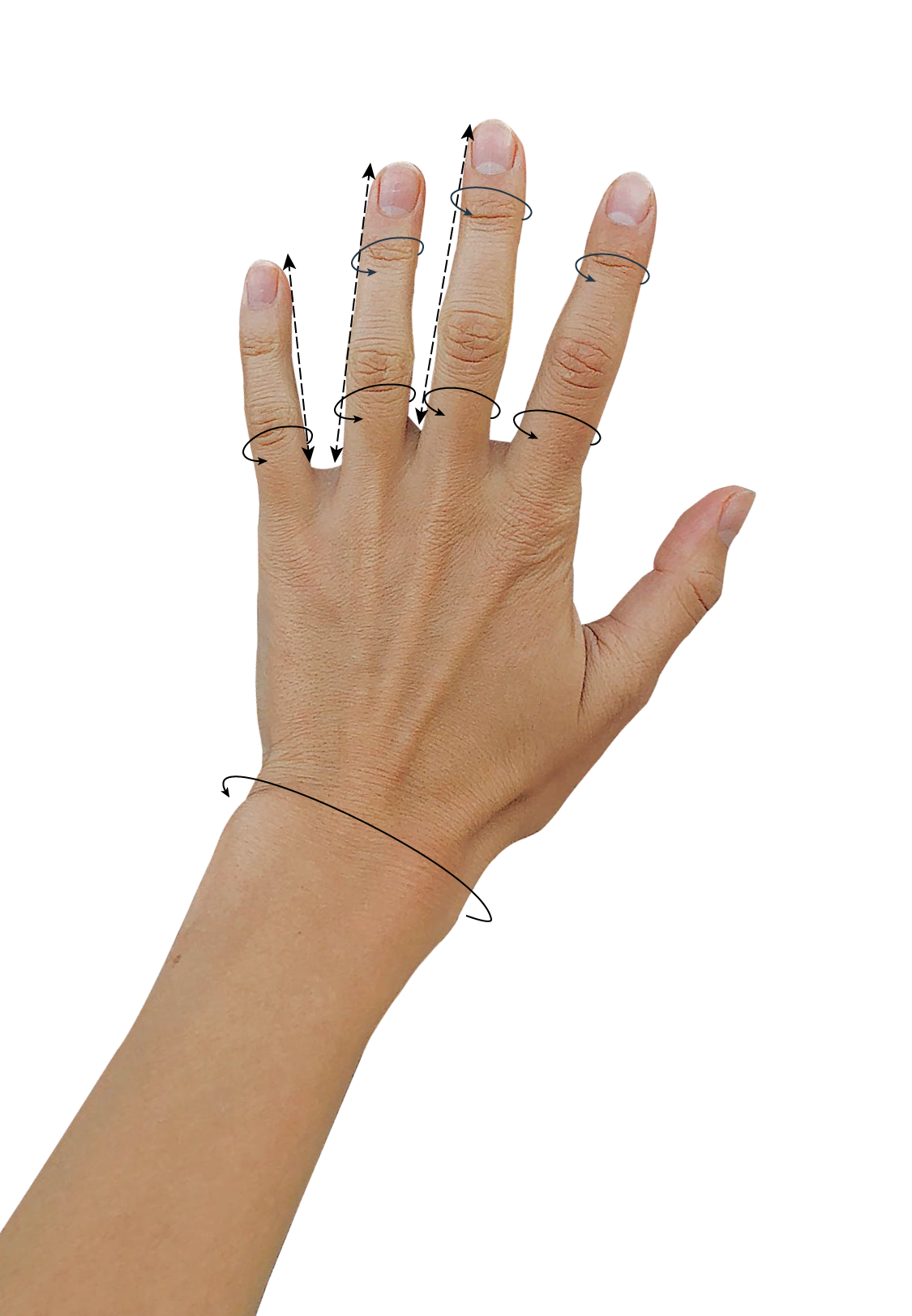
In order to prescribe a splint, each manufacturer has designed its own measurement reference system. Thus, not all hand and wrist braces are studied in the same way.
- The measurable parts are numerous:
- Finger circumference;
- Length of fingers ;
- Wrist circumference (width, height, etc…)
For example, in the case of its developments in the health market, MyFit Solutions was able to digitize the following measurements in order to recommend a standard size.
Regardless of the predefined measurements of each manufacturer’s repository, MyFit Solutions technology fits perfectly with the 3D scanning of the wrist and hand in 1 click. Our solution extracts the necessary measurements to match an accurate size. Discover in the next section how our 3D scanning technology from smartphones facilitates the work of orthopedists.
Why opt for 3D scanning in orthopedics?
1/ Use 3D to recommend a standard splint size
How does 3D scanning work to recommend a prosthesis?
In order to offer healthcare professionals a reliable solution for acquiring measurements, MyFit Solutions has developed an innovative technology. It allows you to scan any body member from a mobile application. Then an artificial intelligence processes the data to find the best size to recommend to the patient.
This recommendation is possible thanks to the neural network developed by MyFit Solutions. In order to validate and guarantee the results, we have designed and tested this technology with a large number of people of different genders, ethnicities and sizes. Thus it is possible, thanks to a scan of a few seconds, to know with certainty if your patient requires an S, M, L size…
What are the benefits of digitization?
3D scanning makes a true copy of an arm or hand by capturing the dimensions and shapes. In the orthopedic market, the advantages of 3D scanning are numerous:
1/ First, it is a simple solution to implement. It is enough to use a mobile application with a tool that everyone has today: a smartphone.
2/ Secondly, the experience is fast since you acquire a scan in a few seconds. With our system, professionals get up to 20 measurements in 1 scan!
3/ Third, healthcare professionals get accurate measurements of the scanned limb. Our solutions allow them to obtain precision in the millimeter range for small measurements, and a few millimeters for larger measurements such as wrist circumference.
4/ And finally, the measurement is pleasant for the patient because it is done remotely without physical contact. No need to use a tape measure, to make a cast, or to send the person to a 3D radiology center.
This technological innovation is revolutionizing orthopedics by making it easier to take measurements. By coupling this with algorithms and databases, it is easy to recommend the right size to the patient. The result is a reduction in error rates and therefore in the remanufacturing of custom-made products, and in the case of online sales, return rates are reduced.
2/ Using 3D to make custom hand orthosis
How does 3D make it possible to design custom prostheses?
When an orthosis is custom-made, it can be adjusted exactly to the size and shape of the patient’s hand and wrist. This allows for greater precision in the placement of the orthosis and a better adaptation to the morphology of the hand. Nevertheless, it is necessary to have the correct measurements taken by the practitioner before manufacturing.
Thanks to the patented MyFit Solutions technology, it is possible to design a prosthesis that is 100% custom-made for your patient. Indeed, we offer a revolutionary solution that perfectly reproduces a 3D model of the hand and wrist. Our technology provides professionals with millimeter-accurate 3D scans to design a customized hand orthosis.
The process of making a custom hand and wrist orthosis from a 3D scan is quick and easy:
1/First, a 3D scan of the hand and wrist is performed using a smartphone, and our algorithms validate the scan directly at the time of capture.
2/ Then, the 3D scans in .obj or .stl format are used by the manufacturers to create a 3D digital model of the orthosis.
3/ Finally, the custom product is manufactured or printed in 3D.
Why should you invest in 3D scanning to design custom splints?
Most hand and wrist orthotics are custom made from 3D scanning. Indeed, many products on the orthopedic market, especially hand/wrist, are now using scanning and 3D printing to obtain 100% adapted products. This replaces the traditional molding or the need for thermoformable material. Custom printed 3D orthotics can be made of rigid or soft plastic. They are generally more comfortable than traditional orthotics because they fit the shape of the hand and wrist better.
With MyFit Solutions’ 3D reconstruction at scale, the possibilities for the healthcare market are many:
- Benefit from a mobile and light 3D scanning solution for easy deployment at the practitioner’s office or remotely.
- Use a 3D scanning solution without connection to a computer and without purchasing additional equipment (scanner, external sensor…). A simple smartphone is enough
- Systematize the measurement process, avoiding human errors and in particular the tape measure, to reduce error rates.
- Store patient data on a unique and secure platform (HDS certified) to be as close as possible to the patient.
- To have a technological image and a real added value on the orthopedic market!
Our solutions are adapted to the orthopedic market to help you support your patients.

